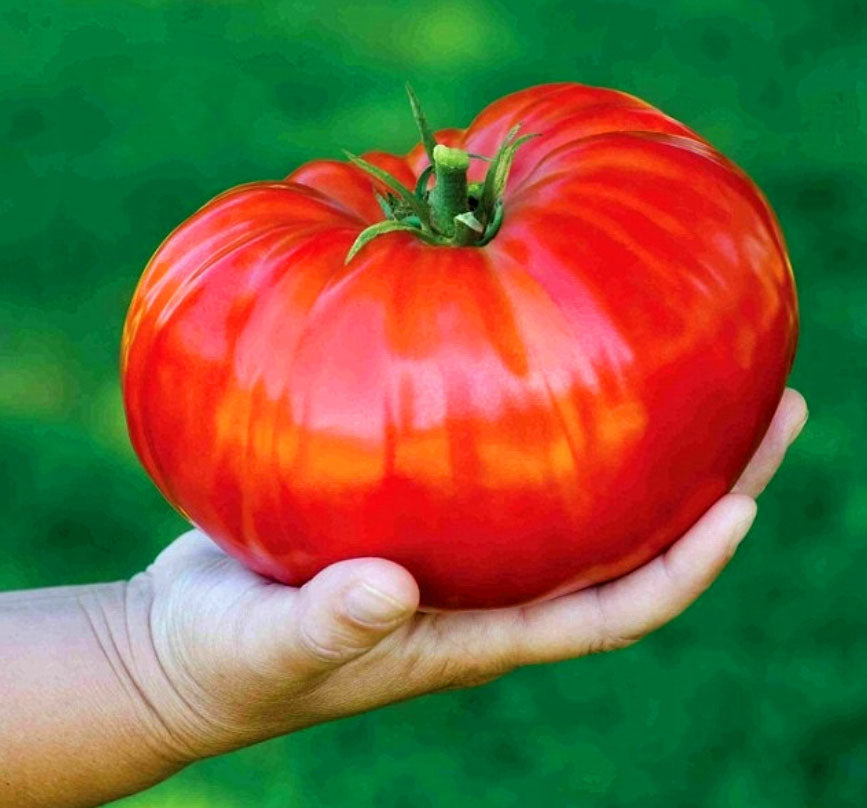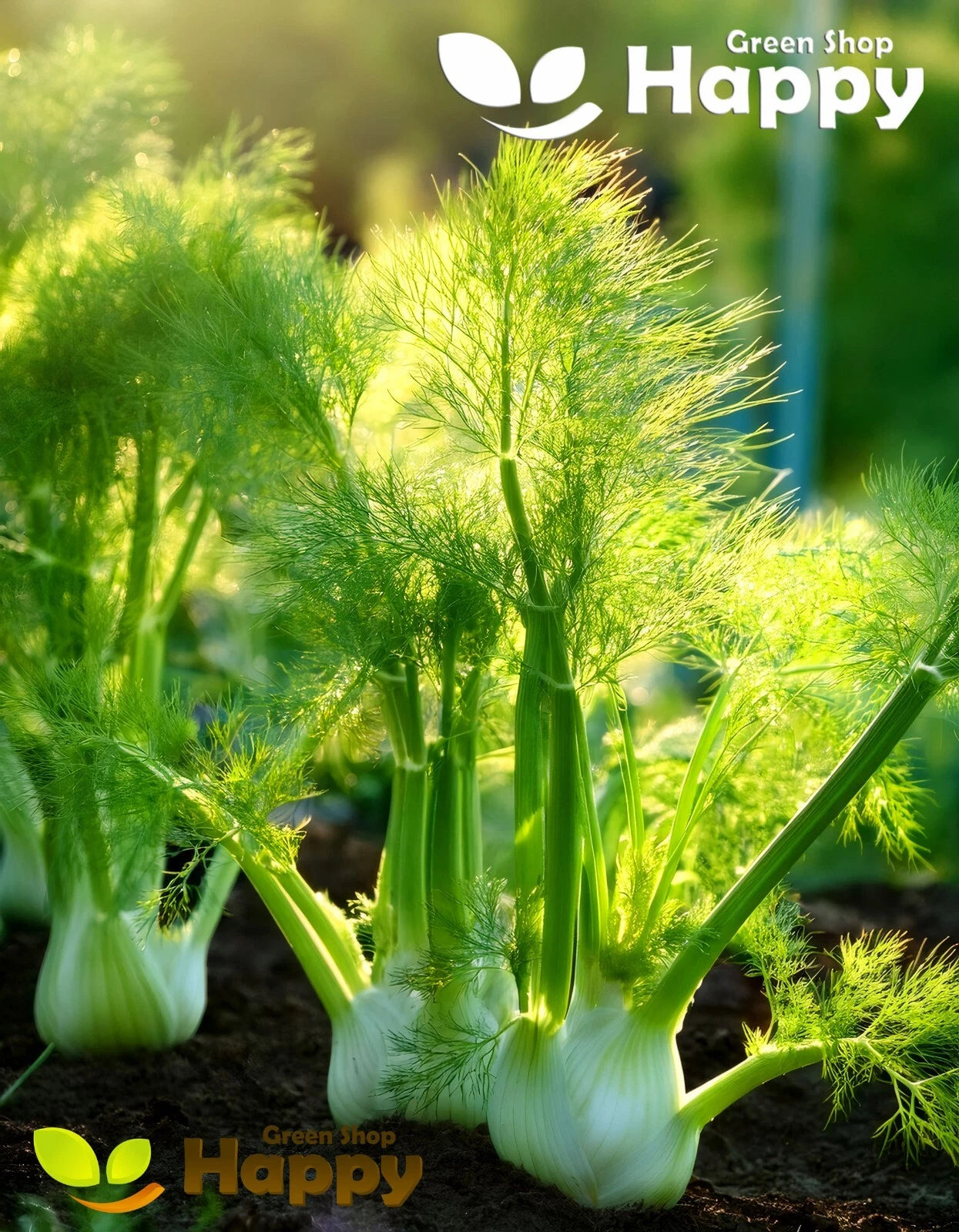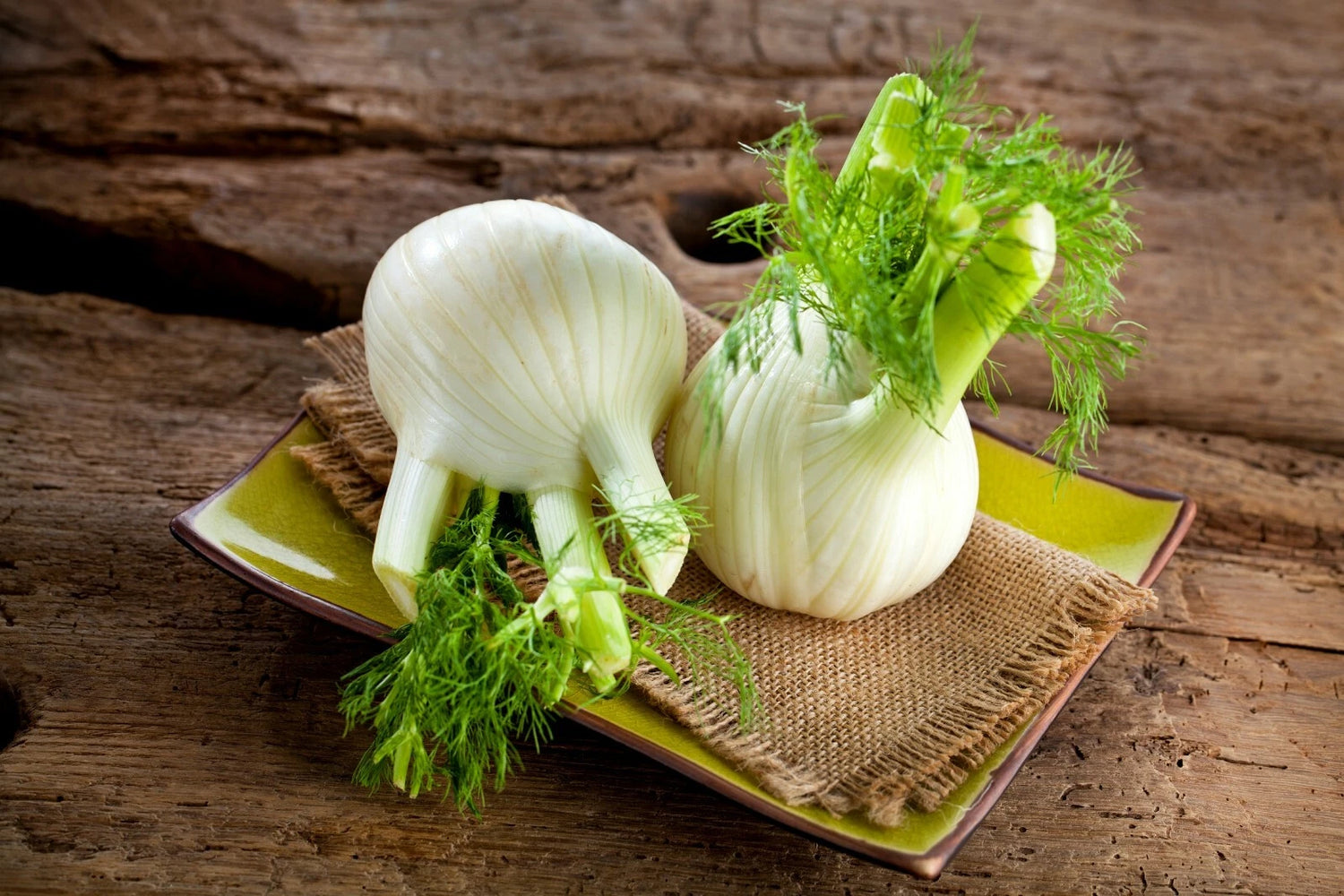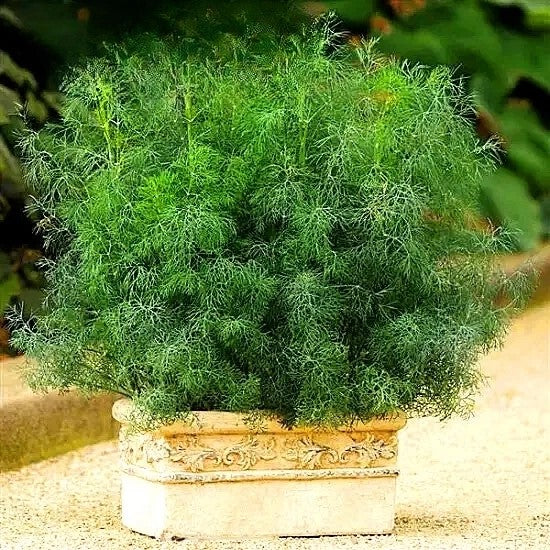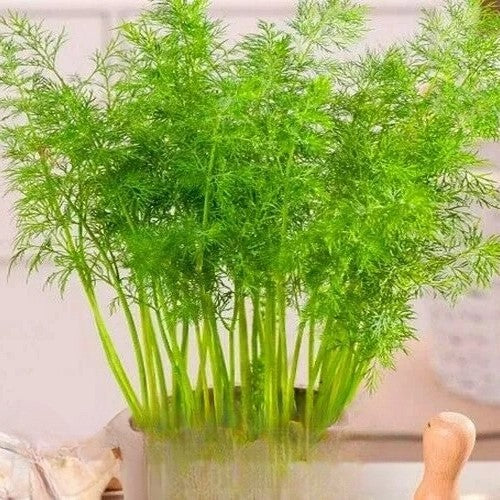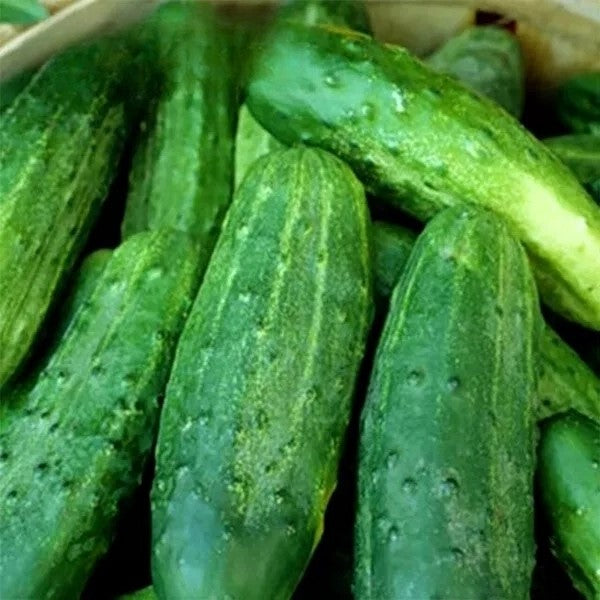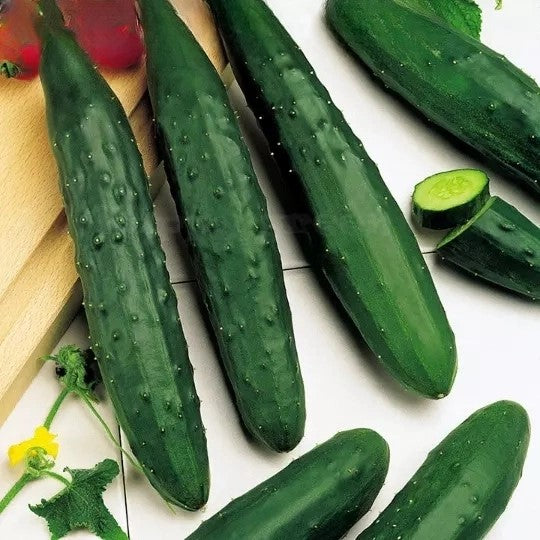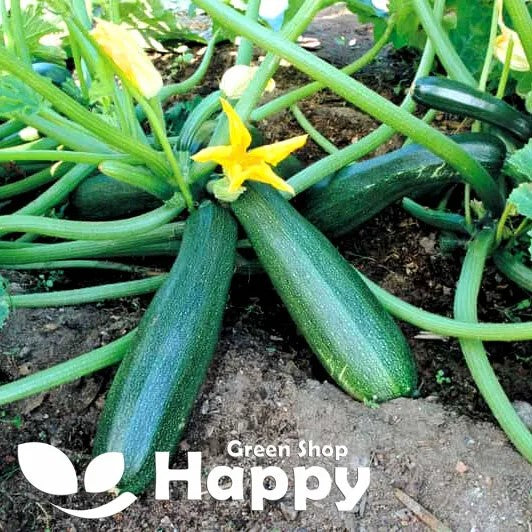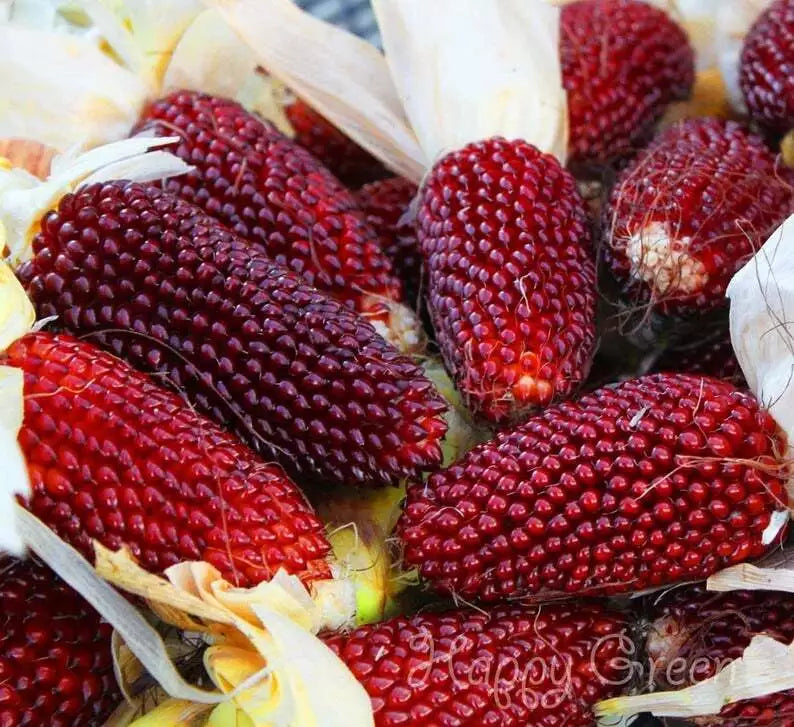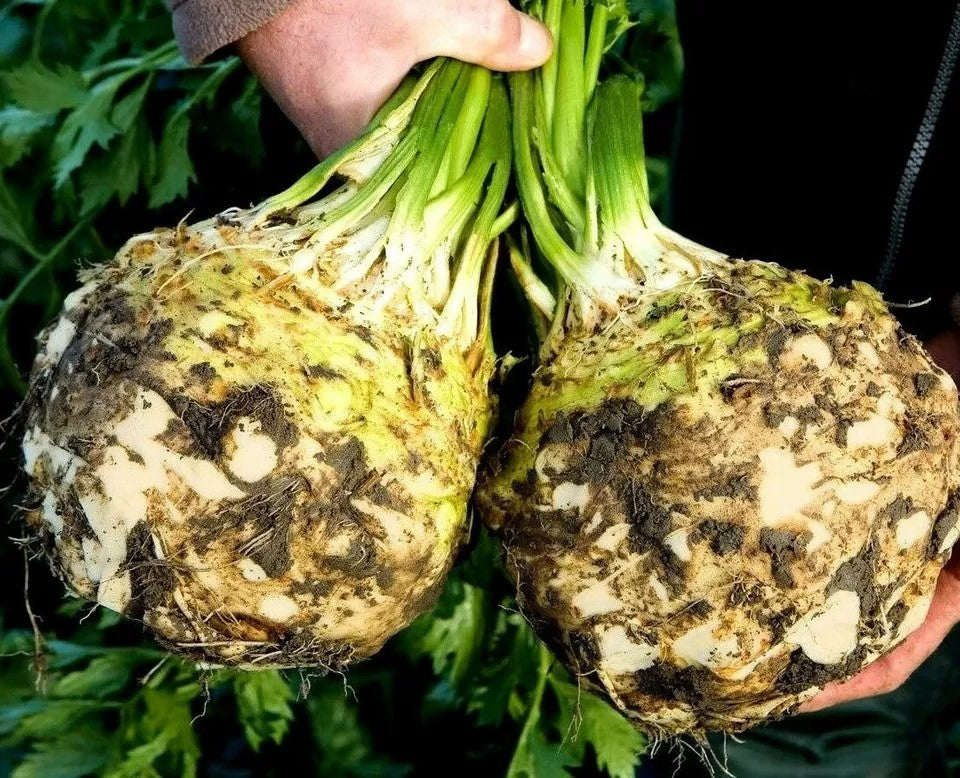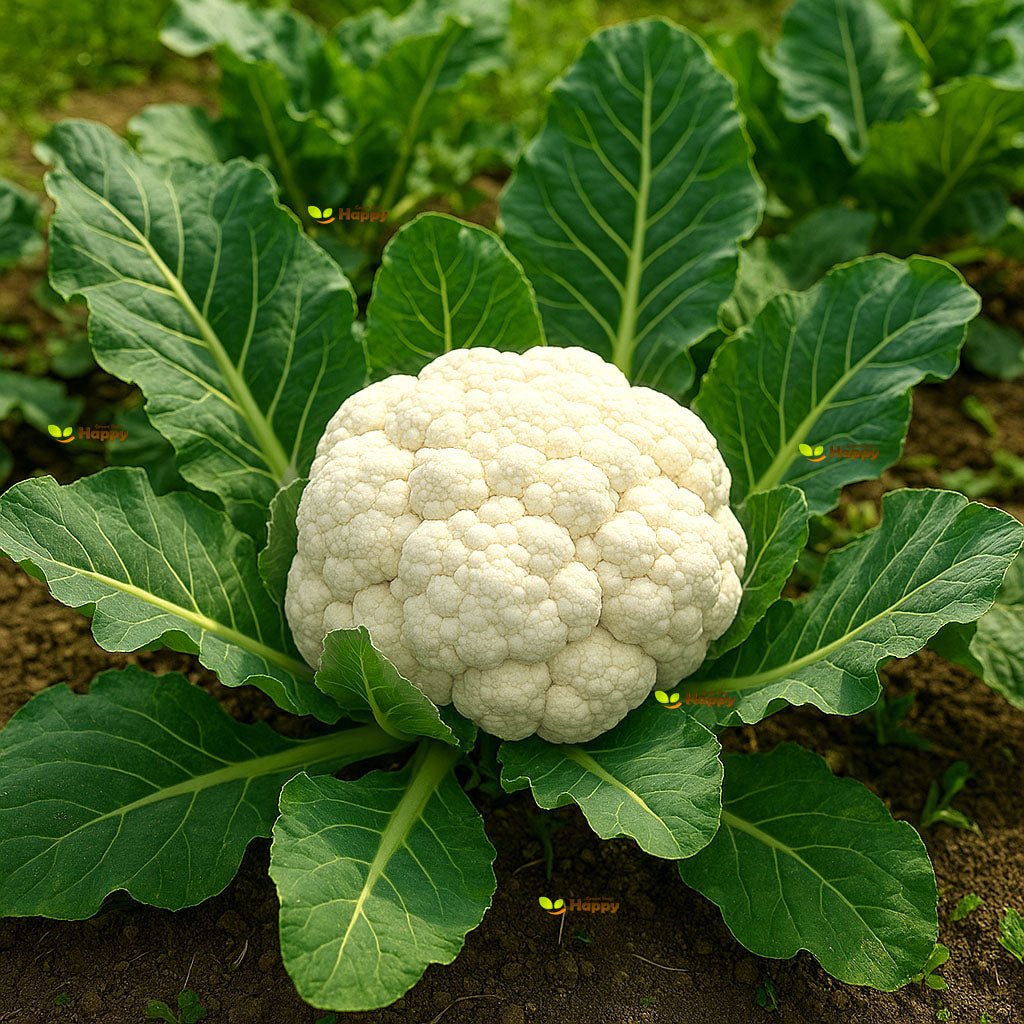Sort by:
52 products
52 products
Giant Tomato 'Brutus' – Seeds (Solanum lycopersicum)
Tomato 'Brutus' is a giant beefsteak variety, famous for producing some of the largest tomatoes you will ever grow. These fruits can weigh up to 1 kg each, with a meaty texture and rich, classic tomato flavor. Perfect for slicing, sandwiches, and hearty summer salads, 'Brutus' is a true showstopper in the vegetable garden.
This vigorous plant thrives in fertile soil with plenty of sun and water, rewarding growers with impressive yields of huge, delicious fruits.
How to Grow
. Sow indoors from February to April, 0.5 cm deep in trays or pots
. Transplant to greenhouse or outdoors after the last frost, spacing 60 cm apart
. Requires rich, well-drained soil in a sunny position
. Provide strong support with stakes or cages for heavy fruits
. Water regularly and feed with a tomato fertilizer for best results
Key Features
. Produces extra-large beefsteak tomatoes, up to 1 kg each
. Meaty texture with rich, full tomato flavor
. Excellent for slicing and cooking
. High-yielding variety with impressive fruit size
. Suitable for outdoor or greenhouse cultivation
Sowing & Harvest
. Sow from February to April
. Harvest from July to September
Short Tip
Remove side shoots to encourage fewer but larger fruits for record-breaking tomato harvests.
French Bean 'Ibiza' – Seeds (Phaseolus vulgaris)
The French Bean 'Ibiza' is a high-yielding, reliable variety producing straight, slender pods with excellent flavor and texture. Perfect for picking young and tender, these beans are stringless, smooth, and packed with vitamins, making them a staple for summer gardens. Suitable for outdoor growing or in polytunnels, this variety is loved by gardeners for its productivity and long harvest window.
How to Grow
-
Sow indoors from April for planting out after frost, or sow direct outdoors from May to July.
-
Sow seeds 4–5 cm deep, spacing 15 cm apart, in rows 40–50 cm apart.
-
Prefers well-drained, fertile soil in a sunny, sheltered spot.
-
Water regularly, especially in dry spells.
-
Pick pods regularly to encourage continuous cropping.
Key Features
-
Straight, stringless pods with excellent taste
-
Heavy cropping, long harvest season
-
Rich in vitamins A, C, and K
-
Suitable for fresh use or freezing
-
Compact habit, ideal for small gardens or allotments
Ideal For
-
Steaming, boiling, and stir-frying
-
Freezing for later use
-
Companion planting in vegetable gardens
-
Garden beds, raised beds, or containers
Sowing & Harvest
-
Sow: April to July
-
Depth: 4–5 cm
-
Spacing: 15 cm apart, 40–50 cm between rows
-
Harvest: July to September
Quick Tip
-
Harvest pods while young and tender for the best flavor. Regular picking boosts yield.
Fennel Bulb 'Florence' – Seeds (Foeniculum vulgare)
Fennel Bulb 'Florence' is a versatile and flavorful vegetable producing crisp, swollen white bulbs with tender, aromatic fronds. Known for its sweet, anise-like flavor, it’s perfect for roasting, grilling, salads, and soups. Easy to grow, this variety thrives in sunny, well-drained gardens and makes a striking addition to both kitchen and ornamental beds.
How to Grow
-
Sow seeds indoors from February to April or directly outdoors from March to June.
-
Plant 0.5–1 cm deep in fertile, well-drained soil.
-
Thin seedlings to 30–40 cm apart to allow bulb development.
-
Prefers full sun and consistent moisture.
-
Harvest bulbs when swollen and firm, before they become woody.
Key Features
-
Produces crisp, swollen white bulbs with aromatic fronds
-
Sweet, anise-like flavor ideal for cooking
-
Thrives in sunny, well-drained soil
-
Suitable for salads, roasting, grilling, and soups
-
Attractive addition to vegetable and kitchen gardens
Ideal For
-
Culinary use in fresh salads, soups, and roasting
-
Home gardens and raised beds
-
Gardeners seeking versatile, flavorful vegetables
Sowing & Harvest
-
Sow: February to June
-
Depth: 0.5–1 cm
-
Spacing: 30–40 cm
-
Harvest: June to September
Quick Tip
-
For best flavor, harvest bulbs before they get too large and the texture becomes tough.
Dwarf Dill 'Forrest' – Seeds
(Anethum graveolens) – Compact, Aromatic Herb
Dwarf Dill 'Forrest' is a compact, slow-bolting variety ideal for small gardens, pots, and window boxes. Its fragrant, feathery leaves are perfect for seasoning salads, soups, pickles, and fish dishes. This variety produces consistent, tender foliage and is easy to grow even in limited space.
Key Features
-
Type: Annual herb
-
Height: Dwarf, 25–35 cm
-
Flavor: Classic aromatic dill, mild and fresh
-
Harvest: Leaf harvest from 40–50 days after sowing
-
Use: Culinary seasoning, pickling, fresh salads
Ideal For
-
Small gardens, balconies, and containers
-
Culinary use in salads, soups, and sauces
-
Companion planting in vegetable beds
-
Homegrown, fresh herb supply
Sowing & Growing
-
Sow outdoors: March–June, thin seedlings to 10–15 cm apart.
-
Sow indoors: February–April, transplant seedlings carefully.
-
Soil: Light, well-drained, moderately fertile.
-
Sunlight: Full sun preferred.
-
Harvest: Cut leaves as needed; avoid cutting entire plants for continuous growth.
Care Tips
-
Keep soil evenly moist for tender leaves.
-
Regular harvesting encourages bushier growth.
-
Protect young plants from strong wind or heavy rain.
Cucumber 'Marketmore' – Seeds (Cucumis sativus)
Cucumber 'Marketmore' is a classic, reliable outdoor cucumber variety producing dark green, smooth-skinned fruits with crisp texture and excellent flavor. Highly productive and resistant to common diseases, it is perfect for slicing, salads, and fresh eating. Vigorous and easy to grow, ‘Marketmore’ is a favorite among both beginners and experienced gardeners.
How to Grow
-
Sow indoors: April – May in pots or trays.
-
Transplant outdoors: After last frost into a sunny, sheltered spot.
-
Sow direct outdoors: May – June, once soil is warm.
-
Spacing: 45–60 cm apart in rows or beds.
-
Provide regular watering and mulch to keep soil moist.
Key Features
-
Classic slicing cucumber variety
-
Smooth, dark green, uniform fruits
-
Crisp, refreshing flavor
-
Heavy cropping and reliable yields
-
Resistant to common cucumber diseases
Ideal For
-
Outdoor vegetable plots and raised beds
-
Fresh summer salads and sandwiches
-
Gardeners seeking a tried-and-true cucumber variety
Sowing & Harvest
-
Sow: April – June
-
Harvest: July – September
Quick Tip
Pick fruits regularly to encourage continuous production. Avoid letting cucumbers grow too large for the best taste and texture.
Courgette 'Astra Polka' Seeds (Cucurbita pepo)
Add a splash of color to your vegetable patch with Courgette 'Astra Polka', a prolific and compact variety producing golden-yellow fruits. This reliable courgette has a mild, sweet flavor and tender flesh, making it perfect for grilling, stir-fries, or summer salads. Its vibrant fruits stand out both in the garden and the kitchen.
How to Grow
-
Sow indoors in April–May or directly outdoors after frost.
-
Use rich, well-drained soil in full sun.
-
Sow 2–3 seeds 2 cm deep in pots or stations.
-
Thin to one strong plant per station, spacing 60–80 cm apart.
-
Harvest young fruits regularly to encourage continuous production.
Key Features
-
Compact, high-yielding variety
-
Attractive golden-yellow courgettes
-
Mild, sweet flavor with tender texture
-
Perfect for grilling, roasting, stir-fries, and salads
-
Heavy and reliable cropper all season
Ideal For
-
Home gardeners with limited space
-
Garden-to-table cooking
-
Summer dishes and fresh eating
-
Adding color to both plate and harvest basket
Sowing
-
Best time: April to June
-
Depth: 2 cm
-
Spacing: 60–80 cm between plants
-
Position: Full sun, fertile soil
-
Harvest: From July onwards
Quick Tip
-
Pick fruits when small (10–15 cm) for the best flavor and to keep plants producing abundantly.
Corn ‘Strawberry’ Popping – Seeds (Zea japonica)
Corn ‘Strawberry’ Popping (Zea japonica) is a unique and colorful popping corn variety, known for its small, pinkish-red kernels that produce delicious, fluffy popcorn. Easy to grow, this hardy annual thrives in fertile, well-drained soil with full sun exposure. Perfect for home gardens, educational planting, or novelty popcorn at harvest, it also produces tall, attractive stalks that add vertical interest to borders and vegetable plots.
Why Grow "Strawberry" Popping
-
Pinkish-red kernels for fun, colorful popcorn
-
Hardy, easy-to-grow annual
-
Tall, attractive stalks for vertical garden interest
-
Perfect for edible harvest, home gardens, and educational projects
Key Features
-
Type: Annual (Zea japonica)
-
Height: 120–150 cm
-
Flowering/Fruiting: Summer to early autumn
-
Position: Full sun
-
Uses: Edible popcorn, ornamental planting, educational gardening
Ideal For
-
Home gardens and backyard harvest
-
Educational planting for children and schools
-
Ornamental garden display with tall stalks
-
Unique popcorn for novelty harvests
Sowing & Growing
-
Sow outdoors: April–May in fertile, well-drained soil
-
Germination: 7–14 days at 20–25°C
-
Space plants: 25–30 cm apart in rows 60–75 cm apart
-
Water regularly until established
Celeriac ‘Albin’ – Seeds (Apium graveolens)
Celeriac ‘Albin’ is a dependable variety producing smooth, round roots with creamy white flesh and excellent flavor. Known for its tender texture and mild, nutty taste, this versatile root vegetable is perfect for mashing, roasting, soups, and salads. A slow-growing but hardy crop, it thrives in cooler climates and stores well through winter.
How to Grow
-
Sow indoors: February – April in trays or modules at 18–20°C.
-
Transplant outdoors: May, spacing 30 cm apart in rows 40 cm apart.
-
Prefers fertile, moisture-retentive soil in full sun.
-
Keep well-watered during dry spells to encourage large, smooth roots.
Key Features
-
Smooth, round roots with white flesh
-
Nutty, mild flavor for versatile cooking
-
Good storage qualities for winter use
-
Reliable variety for cool climates
Ideal For
-
Mashing, roasting, and soups
-
Winter storage and seasonal dishes
-
Home gardens and allotments
Sowing & Harvest
-
Sow: February – April
-
Harvest: October – December
Quick Tip
Remove side shoots during the season to focus the plant’s energy on swelling the root.
Cauliflower ‘All The Year Round’ – Seeds (Brassica oleracea)
Description:
Enjoy reliable harvests with Cauliflower ‘All The Year Round’ (Brassica oleracea), a versatile and hardy variety suitable for spring, summer, and autumn cropping. It produces compact, white heads with excellent flavor and texture, ideal for steaming, roasting, or use in soups and casseroles. Easy to grow from seed, this dependable cauliflower performs well in most soils and weather conditions, making it perfect for home gardens and allotments.
Key Features
-
Reliable, hardy variety for multiple seasons
-
Compact, firm white curds with great flavor
-
Suitable for spring, summer, and autumn harvests
-
Tolerant of varying weather conditions
-
Easy to grow from seed
Ideal For
-
Home and kitchen gardens
-
Allotments and vegetable plots
-
Fresh cooking, freezing, and preserving
-
Year-round vegetable production
Sowing & Growing
-
Sow Indoors: January–April
-
Sow Outdoors: March–June
-
Transplant Outdoors: April–July
-
Germination: 7–14 days at 15–20°C
-
Spacing: 45–60 cm apart
-
Light: Full sun
-
Soil: Fertile, firm, well-drained
Care Tips
-
Water regularly, especially during dry periods
-
Protect young plants from pests and frost
-
Add compost or organic matter before planting
-
Harvest when heads are firm and white
Showing 45/52


